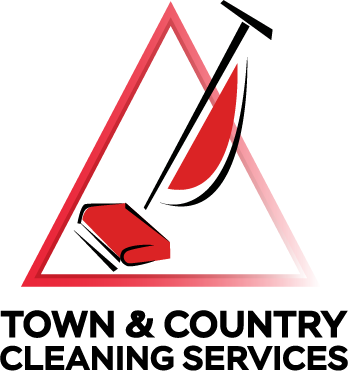Lessons learned from the Pandemic
Cleaning is essential
Early in the pandemic it was clear that cleaning – not just cleaning for appearance, but cleaning for health – was critical to supporting good health. Cleaning professionals, both in commercial and residential settings were, in most jurisdictions, declared essential and encouraged to keep working. This put cleaners in the spotlight in a way they had not been before.
In the beginning of the pandemic fear and unfortunately in a few cases, greed caused some cleaners to spray homes with toxic disinfectants in the name of “disinfecting” the whole house. Weeks or even months later, it became clear that this was neither effective nor safe, so a more reasonable way to improve a home’s sanitary condition was adopted by most cleaners. Still, cleaning professionals were struggling to find reliable information on proper procedures to combat the disease. We were proud and humbled to be considered a rational voice by the industry in the confusion. As an IICRC approved instructor I trained representatives of over 400 cleaning countries from at least 8 countries during the pandemic.
A Scientific approach is key
We learned the importance of keeping up with the everchanging science and guidance from the CDC and other credible sources. As the crisis evolved, it was found that surfaces were not a primary transmission source for COVID. This meant that a systematic routine of thorough cleaning with special attention to high touch points was all that was needed. Today, as we come out of the pandemic, this is still true. This does not mean we can neglect cleaning. Keeping your home clean and sanitary is one of the most important things you can do for your health. But in most cases. this is best done with high quality microfiber cloths and mops in conjunction with quality, non-toxic or low-toxicity cleaning agents – without resorting to a barrage of disinfectants. (Do keep in mind that the EPA regulates disinfectants as pesticides.)
Practical Fixes
Indoor air quality
One of the most important things to come out of the pandemic was to reintroduce and reinforce the importance of indoor air quality. Once it was discovered the COVID virus was primarily transmitted by droplets dispersed through the air, a great deal of attention was given to air quality and cleaning the air. One of the easiest ways to both reduce spread of the COVID virus and improve indoor air quality in general is improve ventilation. Just opening the window, (weather allowing) will go a long way in diluting the COVID virus concentration as well as any other pollutants that might be present.
Adding air filters
Another way to combat Covid spread is by improving Filtration. HEPA air filters became mainstays in commercial buildings, schools and homes. Although a HEPA filter will not capture a virus, it will capture the droplets it rides on. Using MERV 10 HVAC filters or above will help control allergens and other particulate matter in the home.
A MERV 13 may help control the droplets that the viruses ride on but may put more strain on your system and increase power use. It is important to remember that none of these filters will remove gas pollutants.
UV-C light is used in some commercial and health-related buildings, but its effective level is unsafe to administer around humans, so the use of this light-based disinfecting technology in homes is limited. UV-C light is typically done in sealed, unoccupied rooms for the duration of the treatment.
Vacuum filters
Other ideas to promote good indoor air quality: Vacuum frequently with a vacuum that offers good filtration. Vacuums have improved considerably in the 30 years since we started our business. Early on, we were asked to vacuum out the accumulated dust and dried mud on the mostly-carpeted floor of a construction trailer. When we finished, our person with the vacuum could barely see across the room because of all the dust in the air that passed right through the vacuum bag. Today most vacuums have more efficient filtration, many 99.9% effective to 1 micron. You will see many vacuums with HEPA on them. HEPA offers 99.97 effective filtration down to .3 microns. Although most of these machines would not qualify for critical work such as remediation, they are fine for routine housework.
To combat gas pollutants, avoid perfumed air sprays– they may smell good, but their components can contribute to poor air quality and may cause allergic reactions in some people. That goes for cleaning agents too. Look for ones without perfumes and with low VOC content. Many of the smells we associate with clean may negatively affect indoor air quality. The best way to combat polluting gasses, ventilation, or don’t let them in in the first place. For more ideas, look at our Blog “10 ways to improve indoor air”.
Preventing Cross Contamination
The importance of hand washing was driven home repeatedly. Hand washing after removing gloves, after touching anything that may be germ contaminated such as meat juices, and, especially during the pandemic, after returning from outside the home can help stop the spread of germs. Another practice we already stipulated but became even more important during the pandemic was washing cleaning microfibers in hot water. We use a sanitizing setting that gets the water to 160 degrees, hot enough to kill most microbes.
In conclusion
The importance of keeping your home clean and sanitary while protecting its contents and surfaces has never been greater. Questions? Reach out to us. We’re here to help.
